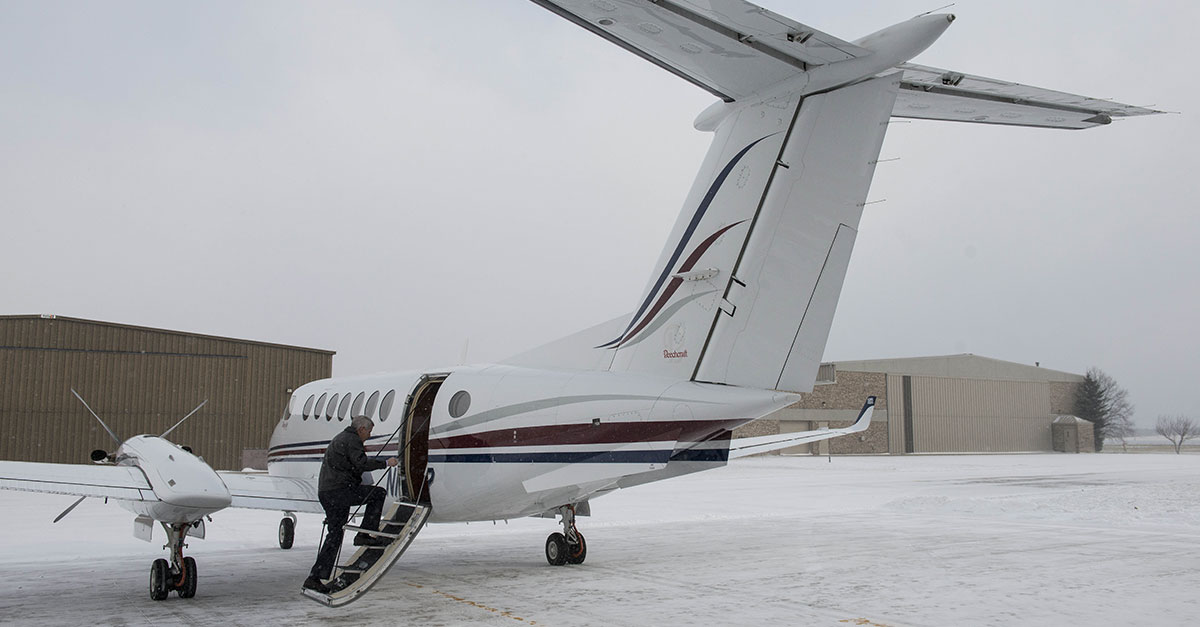
Dec. 30, 2016
Thorough flight planning is essential for business aircraft safety year-round, but flying in winter into smaller airports in snow country poses special challenges. These facilities often have small staffs with less snow removal equipment than larger airfields.
Here are five tips to improve the safety and efficiency of winter operations into these smaller airports.
- Dig deeply into TALPA: Review the FAA’s Takeoff and Landing Performance Assessment (TALPA) initiative. Airports began using a new Runway Assessment and Condition Reporting system in October 2016. Using their aircraft performance data, pilots should study the runway condition assessment matrix (RCAM), based on contaminant type and depth. “Compacted snow is not ice,’ said Jay Scherer, manager of Idaho’s McCall Municipal Airport (MYL). “At worst, it’s a three on the RCAM scale, with medium braking action.’ Review TALPA.
- Know when to call the airport: If an airport has a small staff, don’t call about the pavement’s condition; the newly formatted Field Conditions (FICON) NOTAM, is the official source for such information. However, it is appropriate to call the FBO to confirm ramp or hangar space availability, and any existing snow-related hazards. Advise the FBO well in advance of your departure so the support staff can schedule deicing and aid in the airport’s snow removal efforts.
- Confirm avionics compatibility with the airport’s approaches: Chris Pomeroy, manager of Friedman Memorial Airport (SUN) in Hailey, ID, noted that after the FAA installed localizer-performance instrument approaches at Sun Valley, ID, several business jet operators discovered that their avionics were not programmed for the GPS-WAAS-based system.
- Handle a cold-soaked airplane carefully: Remove freezable fluids from the aircraft’s cabin and water system upon arrival. Upon departure, start the APU, turn on the heat and let the airplane warm up.
- Go/no-go decisions should be made by the pilot: “Know your aircraft’s capabilities,’ and include the destination’s FICON NOTAM in your inflight weather updates. Aeronautical decisions must be based on sound knowledge of aircraft performance data and complete weather information, said Jeff Hansen, chair of the Utah Business Aviation Association. “Snow country airports usually equal shorter runways and higher elevations that affect performance.’


 International Business Aviation Council Ltd.
International Business Aviation Council Ltd.